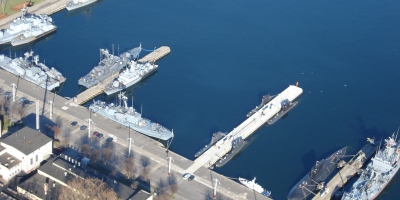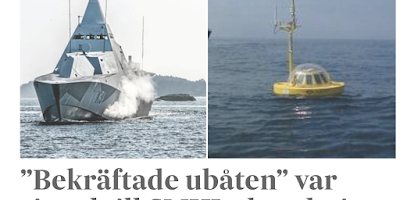
Baltic Sea, Blog Posts, Estonia, Finland, NATO
19 Posts

Baltic Sea, Blog Posts, Estonia, Finland, NATO

Baltic Sea, Blog Posts, Finland, Naval

Air, ASW, Baltic Sea, Blog Posts, Naval, Sweden

Baltic Sea, Blog Posts, Finland, Naval

Baltic Sea, Blog Posts, Naval, Submarines, Sweden

Baltic Sea, Blog Posts, Estonia, Finland, Naval

Baltic Sea, Blog Posts, Sweden

Baltic Sea, Blog Posts, Poland, Sweden

Baltic Sea, Blog Posts, Finland, Naval

ASW, Baltic Sea, Blog Posts, Naval, Sweden